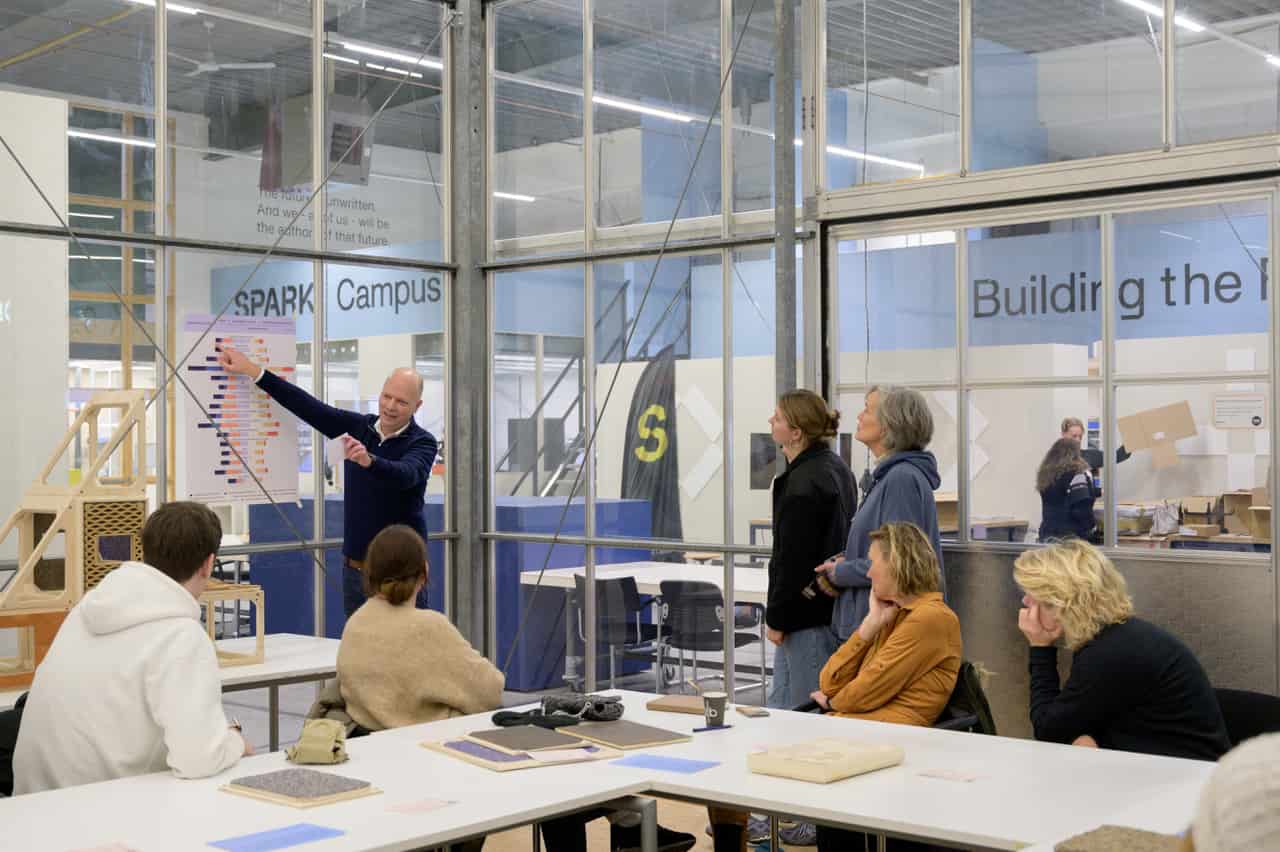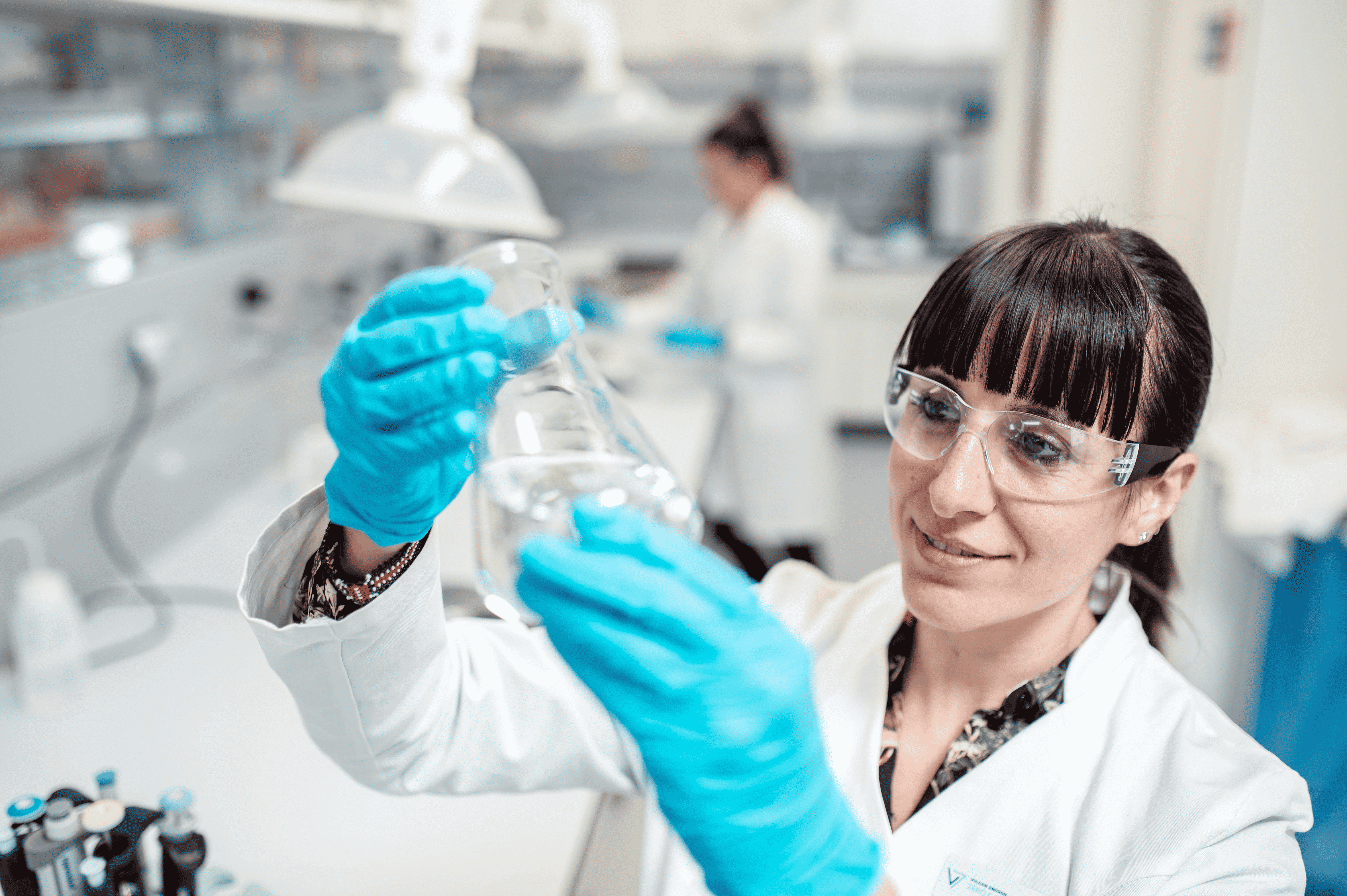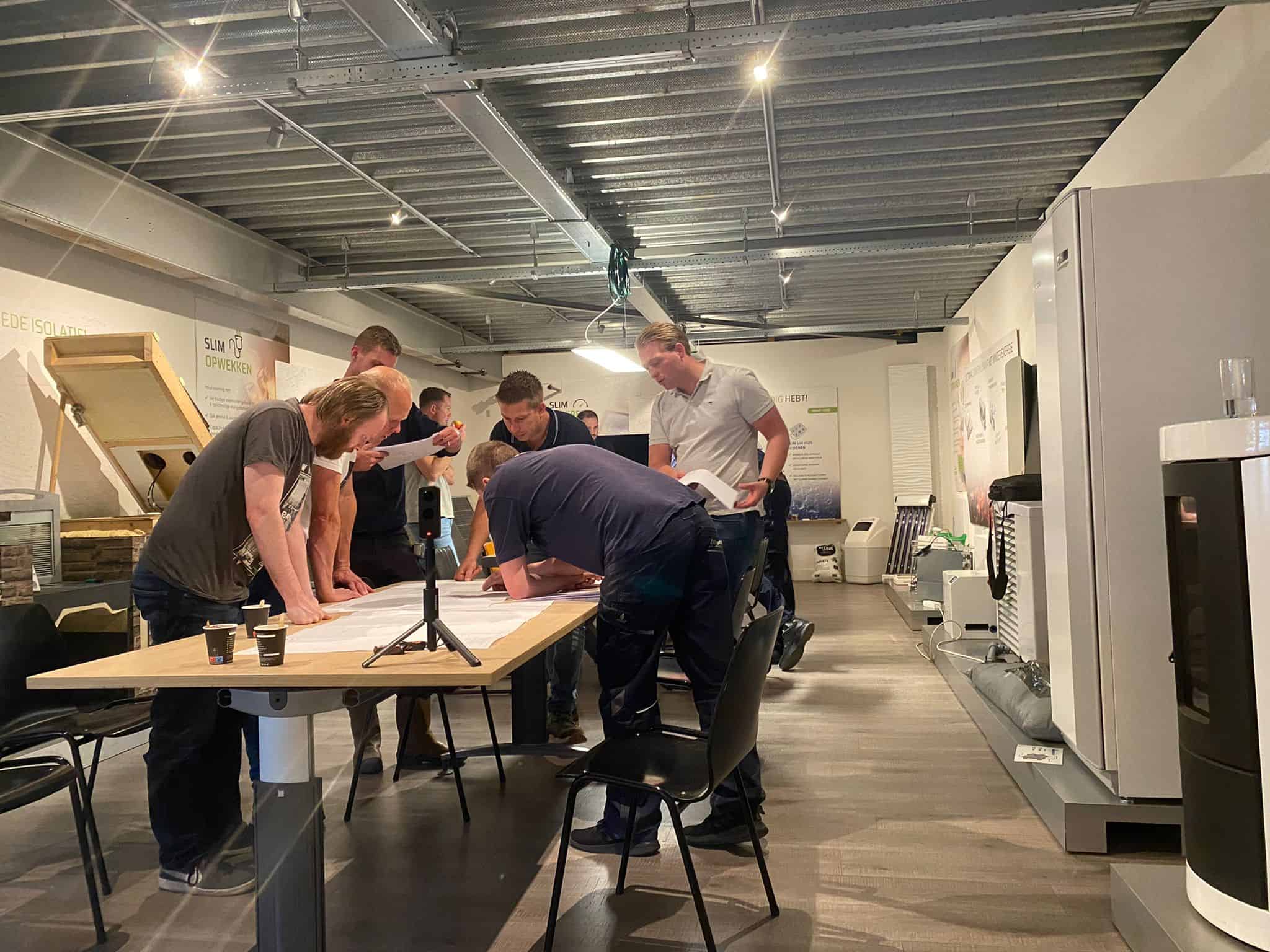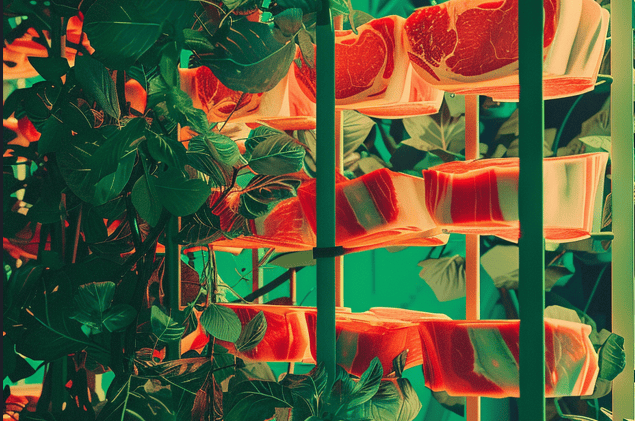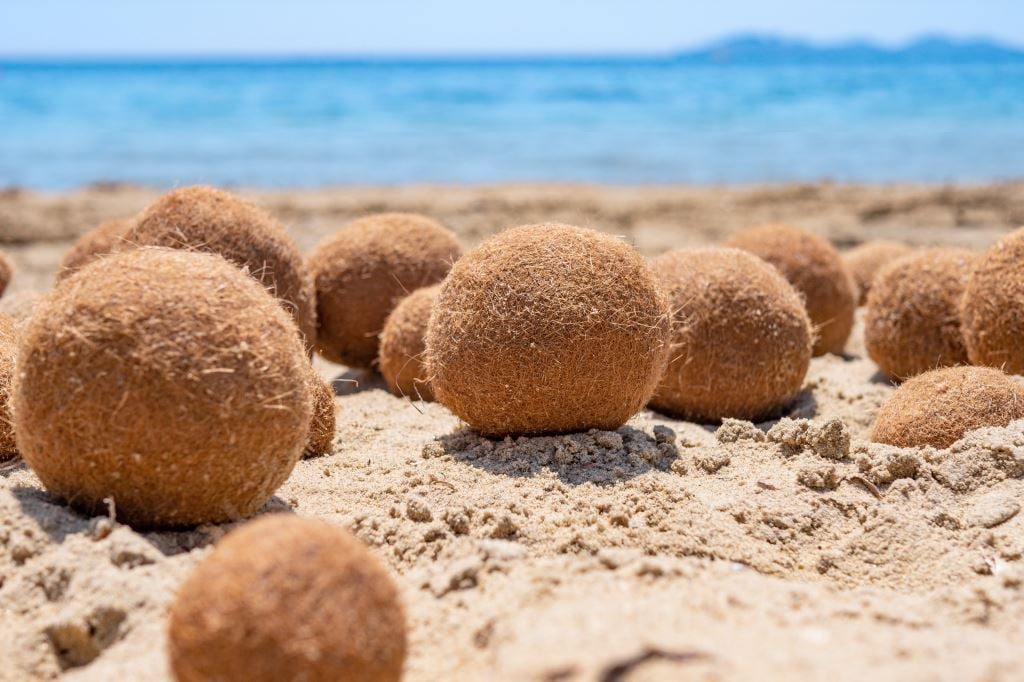
Warm in winter and cool in summer, soundproof, mould resistant, environmentally friendly and biodegradable. Monika Meier is enthusiastic about the building material her husband first discovered a few years ago, which she is now developing further with her son and bringing to the market. “Sorry for talking so much,” she says over the phone from Karlsruhe, “but I’m just really excited about our product.”
It concerns an insulation material made from Mediterranean seagrass, also known by its Latin name Posidonia oceanica or Neptune grass. It has slightly different properties than the seagrass endemic to the North and Baltic Seas, which mainly grows in shallow waters. Mediterranean eelgrass also grows at depths of dozens of metres below the surface. It is torn loose from the seabed during storms and the leaf veins and part of the roots form fist-sized balls which then wash up on the beach.
Richard Meier, a retired professor of architecture and historic building preservation, first saw the balls in large numbers on the beach during a holiday on the Spanish Costa Blanca in 2006. “That’s where it all started,” says Monika Meier. “We saw that the balls were being gathered up by a company. We decided to follow one of the trucks to see what they were doing with it. It turned out that it ended up on the rubbish heap.”

Fraunhofer
Meier could not let it go. As an architect, he saw great potential in seagrass as an insulation material. He decided to take the seagrass balls to Germany for research. The Fraunhofer Institute for Building Physics IBP was called in and they discovered that the properties were even better than expected.
Once the balls have been dried, the sand shaken out and the stuff chopped up, what is left is a building material that is fast-drying, mould-resistant and has good heat and sound insulation properties
Meier founded the company NeptuTherm in 2009 and went on to win several innovation awards, but he never witnessed the really big breakthrough, as he died suddenly of a heart attack in 2016 at the age of 69.
That was a difficult time for Monika, she recalls. But together with her son Michael, she decided to follow her husband’s dream. Her son is working on optimising the seagrass material further. “He is particularly interested in its soundproofing capabilities,” says Monika. The years 2020 and 2021 were kind of like breakthrough years for NeptuTherm, because the construction industry started devoting more attention to sustainability.

“We have a lot of projects running, especially in the Karlsruhe area. There are more than 50 of them, often involving renovations carried out in cooperation with public authorities. But we also have clients in France, Austria, the Netherlands, Luxembourg and Italy.”
Corona
“The corona pandemic was both a supportive and an inhibitive factor,” Monika explains. Two television reportages in 2021 on circular economy on ZDF and Arte were also instrumental. “We have noticed that, due to corona, construction companies and consumers have become more interested in sustainable materials. There is also more of a willingness to pay a higher price. On the other hand, the pandemic did cause us supply problems.”

NeptuTherm sources the seagrass from Albania and Tunisia, where it is transported by ships and trucks to Germany. ” However, owing to the pandemic, it was more difficult to bring the seagrass over here all the way from Tunisia.”
Monika goes on to explain that collecting seagrass balls is a very labour-intensive process. The balls are gathered by hand. “During the crisis, there were people in other countries who offered to collect the balls, for instance, because they had lost their jobs. But it is not that straightforward. You have to have a licence, the storage has to be properly arranged, along with the transport. You also need a certain volume for it to be profitable.”
Plenty around, but scattered all over the place

The amount available is pretty substantial in itself. It is estimated that approximately 50,000 m3 is washed ashore each year, but that is spread along the entire Mediterranean coast. “We are working with other countries, including Italy, to harvest seagrass balls there too, but that takes time. We could also use some external financiers.”
This does highlight one of the product’s problems. Although there are quite a lot of the seagrass balls, they can only be harvested after a storm and are difficult to plant. Therefore, the supply is not constant.
The second problem are the costs. In order to provide good insulation, a sizeable layer of the product has to be applied in, for example, the roof or in the attic floor. The cost quickly becomes three to four times more expensive than synthetic materials.
Yet according to Meier, this focus on costs is short-sighted. “Synthetic materials may be cheap to buy, but what people often forget is that it is expensive to recycle them, if at all possible. In contrast, our seagrass mats are 100% natural and biodegradable. They can even be used as soil enrichers.”

Meier does not see the Neptune balls as a panacea that can replace all synthetic insulation materials. Fortunately, there are plenty of other natural products that could be used, each with their own unique properties. Take, for example, hemp, cellulose (waste paper), reed, elephant grass, cork and ( sheep’s) wool. All of these materials together can make a difference.
What else is seaweed useful for?
Seagrass is found in various shapes and sizes all over the world. Posidonia oceanica plays an important role in the Mediterranean Sea as a refuge and feeding ground for numerous animals and plants. The aquatic plant also stores large amounts of CO2 and its roots prevent soil erosion.
The downside is that the plant is very vulnerable. Once it has been damaged by, e.g., anchors or nets, it can take many years for the seagrass beds, which are sometimes thousands of years old, to recover. In some places, the seagrass beds are now protected.
Also interesting: Higher carbon and nitrogen emissions due to vanishing seagrass beds





